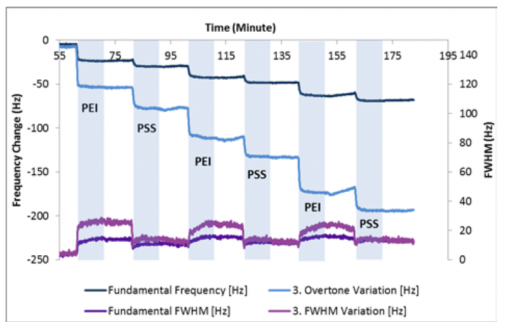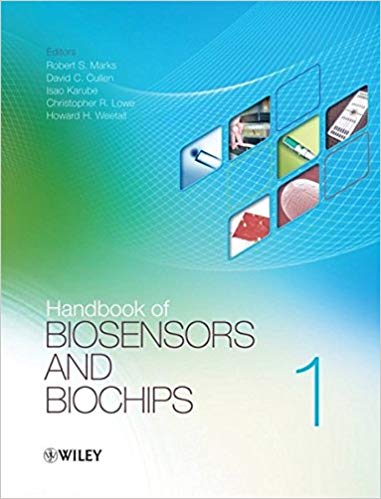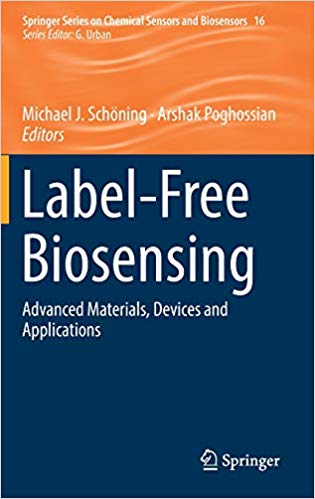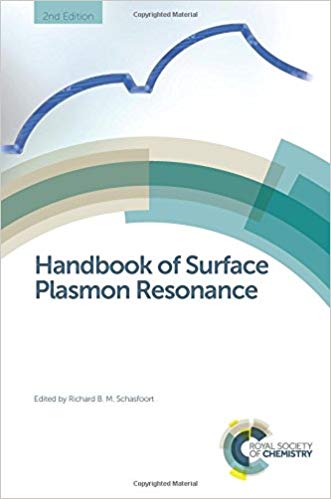The Measurement of Protein and Nano-Particle Adsorption using QCM-I
QCM-I is a powerful technique for measuring the adsorption or binding of polymers, proteins, nano-particles and other molecules to a surface. Multi-parametric data is obtained in real time, detailing changes of the hydrated mass and rigidity of layers coupled to the sensor surface. Here, the mass and viscoelastic changes can be understood for a range […]





